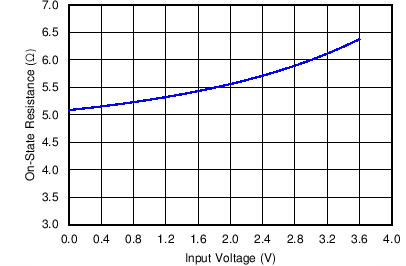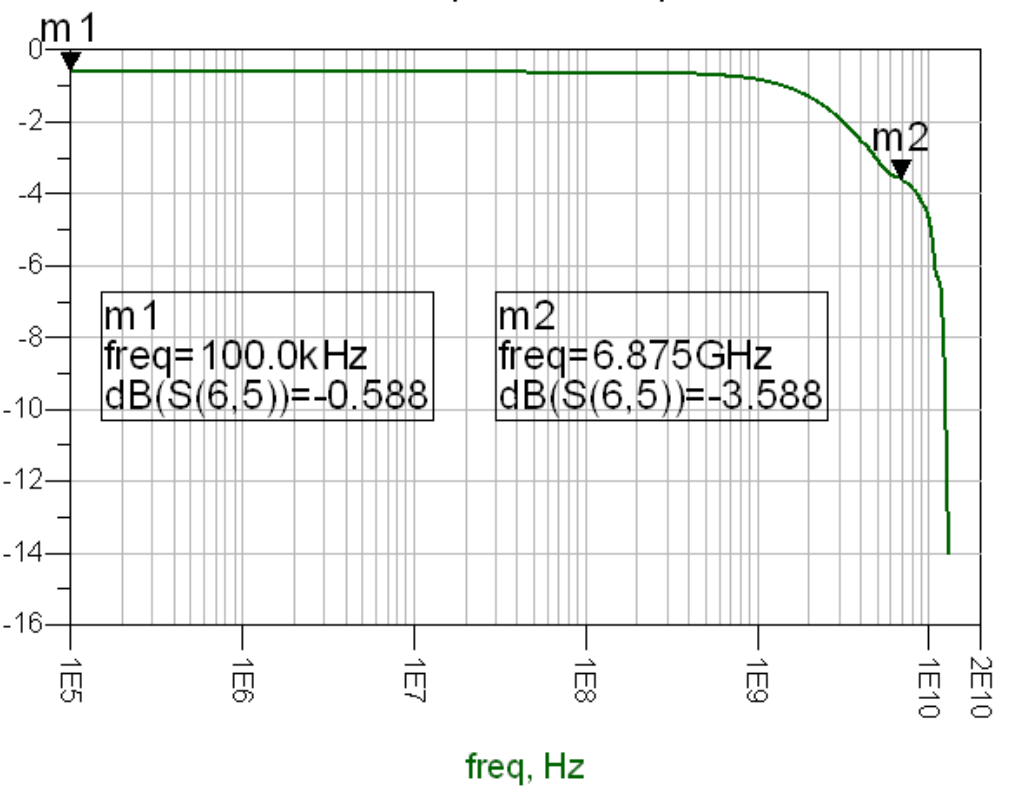SCDS348C September 2013 – March 2017 TS3USB3031
PRODUCTION DATA.
- 1 Features
- 2 Applications
- 3 Description
- 4 Revision History
- 5 Pin Configuration and Functions
- 6 Specifications
- 7 Parameter Measurement Information
- 8 Detailed Description
- 9 Application and Implementation
- 10Power Supply Recommendations
- 11Layout
- 12Device and Documentation Support
- 13Mechanical, Packaging, and Orderable Information
Package Options
Mechanical Data (Package|Pins)
- RMG|12
Thermal pad, mechanical data (Package|Pins)
Orderable Information
6 Specifications
6.1 Absolute Maximum Ratings
over operating free-air temperature range (unless otherwise noted)(1)(2)| MIN | MAX | UNIT | |||
|---|---|---|---|---|---|
| VCC | Supply voltage(3) | –0.3 | 5.5 | V | |
| VI/O | Input/Output DC voltage(3) | –0.3 | 5.5 | V | |
| IK | Input/Output port diode current (VI/O < 0) | –50 | mA | ||
| VI | Digital input voltage (SEL0, SEL1) | –0.3 | 5.5 | ||
| IIK | Digital logic input clamp current (VI < 0)(3) | –50 | mA | ||
| II/O | Continuous switch DC output current (USB and MHL) | 60 | mA | ||
| Tstg | Storage temperature | –65 | 150 | °C | |
(1) Stresses beyond those listed under Absolute Maximum Ratings may cause permanent damage to the device. These are stress ratings only, which do not imply functional operation of the device at these or any other conditions beyond those indicated under Recommended Operating Conditions. Exposure to absolute-maximum-rated conditions for extended periods may affect device reliability.
(2) The algebraic convention, whereby the most negative value is a minimum and the most positive value is a maximum.
(3) All voltages are with respect to ground, unless otherwise specified.
6.2 ESD Ratings
| VALUE | UNIT | |||
|---|---|---|---|---|
| V(ESD) | Electrostatic discharge | Human-body model (HBM), per ANSI/ESDA/JEDEC JS-001(1) | ±2000 | V |
| Charged-device model (CDM), per JEDEC specification JESD22-C101(2) | ±1000 | |||
(1) JEDEC document JEP155 states that 500-V HBM allows safe manufacturing with a standard ESD control process. Manufacturing with less than 500-V HBM is possible with the necessary precautions. Pins listed as ±2000 V may actually have higher performance.
(2) JEDEC document JEP157 states that 250-V CDM allows safe manufacturing with a standard ESD control process. Manufacturing with less than 250-V CDM is possible with the necessary precautions. Pins listed as ±1000 V may actually have higher performance.
6.3 Recommended Operating Conditions
over operating free-air temperature range (unless otherwise noted)| MIN | MAX | UNIT | ||
|---|---|---|---|---|
| VCC | Supply voltage | 2.5 | 4.3 | V |
| VI/O (USB), VI/O (MHL) |
Analog voltage | 0 | 3.6 | V |
| VI | Digital input voltage (SEL0, SEL1) | 0 | VCC | V |
| TRAMP (VCC) | Power supply ramp time requirement (VCC) | 100 | 1000 | µs/V |
| II/O, PEAK | Peak switch DC output current (1-ms duration pulse at <10% duty cycle) | 150 | mA | |
| TA | Operating free-air temperature | –40 | 85 | ºC |
6.4 Thermal Information
| THERMAL METRIC(1) | TS3USB3031 | UNIT | |
|---|---|---|---|
| RMG (VQFN) | |||
| 12 PINS | |||
| RθJA | Junction-to-ambient thermal resistance | 160.8 | °C/W |
| RθJC(top) | Junction-to-case (top) thermal resistance | 95.5 | °C/W |
| RθJB | Junction-to-board thermal resistance | 91.2 | °C/W |
| ψJT | Junction-to-top characterization parameter | 7.4 | °C/W |
| ψJB | Junction-to-board characterization parameter | 91.2 | °C/W |
(1) For more information about traditional and new thermal metrics, see the Semiconductor and IC Package Thermal Metrics application report.
6.5 Electrical Characteristics
TA = –40°C to 85°C, typical values are at VCC = 3.3 V and TA = 25°C (unless otherwise noted)| PARAMETER | TEST CONDITIONS | MIN | TYP | MAX | UNIT | ||
|---|---|---|---|---|---|---|---|
| MHL SWITCH | |||||||
| RON | ON-state resistance | VCC = 2.5 V, VI/O = 1.5V, ION = –8 mA (see Figure 9) | 5.5 | 7 | Ω | ||
| ΔRON | ON-state resistance match between + and – paths |
VCC = 2.5 V, VI/O = 1.5 V, ION = –8 mA | 0.1 | Ω | |||
| RON (FLAT) | ON-state resistance flatness | VCC = 2.5 V, VI/O = 1.5 V to 3.3 V, ION = –8 mA | 1 | Ω | |||
| IOZ | OFF leakage current | VCC = 4.3 V, Switch OFF, VMHL+/MHL– = 1.5 V to 3.3 V, VD+/D–= 0 V (see Figure 10) | –2 | 2 | µA | ||
| IOFF | Power-off leakage current | VCC = 0 V, Power off, VMHL+/MHL– = 1.5 V to 3.3 V, VD+/D–= NC | –10 | 10 | µA | ||
| ION | ON leakage current | VCC = 4.3 V, Switch ON, VMHL+/MHL– = 1.5 V to 3.3 V, VD+/D–= NC | –2 | 2 | µA | ||
| USB SWITCH (USB1 and USB2) | |||||||
| RON | ON-state resistance | VCC = 2.5 V, VI/O = 0.4 V, ION = –8 mA (see Figure 9) | 4.5 | 6 | Ω | ||
| ΔRON | ON-state resistance match between + and – paths |
VCC = 2.5 V, VI/O = 0.4 V, ION = –8 mA | 0.1 | Ω | |||
| RON (FLAT) | ON-state resistance flatness | VCC = 2.5 V, VI/O = 0 V to 0.4 V, ION = –8 mA | 1 | Ω | |||
| IOZ | OFF leakage current | VCC = 4.3 V, Switch OFF, VUSB+/USB– = 0 V to 0.4 V, VD+/D–= 0 V (see Figure 10) | –2 | 2 | µA | ||
| IOFF | Power-off leakage current | VCC = 0 V, Switch ON or OFF, VUSB+/USB– = 0 V to 0.4 V, VD+/D–= NC |
–10 | 10 | µA | ||
| ION | ON leakage current | VCC = 4.3 V, Switch ON, VUSB+/USB– = 0 V to 0.4 V, VD+/D–= NC | –2 | 2 | µA | ||
| DIGITAL CONTROL INPUTS (SEL) | |||||||
| VIH | Input logic high | VCC = 2.5 V to 4.3 V | 1.3 | V | |||
| VIL | Input logic low | VCC = 2.5 V to 4.3 V | 0.6 | V | |||
| IIN | Input leakage current | VCC = 4.3 V, VI/O = 0 V to 3.6 V, VIN = 0 V to 4.3 V | –10 | 10 | µA | ||
6.6 Dynamic Characteristics
TA = –40°C to 85°C, Typical values are at VCC = 3.3 V, TA = 25°C (unless otherwise noted)| PARAMETER | TEST CONDITIONS | MIN | TYP | MAX | UNIT | ||
|---|---|---|---|---|---|---|---|
| tpd | Propagation delay | RL = 50 Ω, CL = 5 pF, VCC = 2.5 V to 4.3 V, VI/O(USB) = 0.4 V, VI/O(MHL) = 3.3 V |
50 | ps | |||
| tswitch | Switching time between USB/MHL channels in active modes | RL = 50 Ω, CL = 5 pF, VCC = 2.5 V to 4.3 V, VI/O(USB) = 0.4 V, VI/O(MHL) = 3.3 V |
400 | ns | |||
| tON | Switch turnon time (from disabled to active mode) | RL = 50 Ω, CL = 5 pF, VCC = 2.5 V to 4.3 V, VI/O(USB) = 0.4 V, VI/O(MHL) = 3.3 V |
100 | µs | |||
| tOFF | Switch turnoff time (from active to disabled mode) | RL = 50 Ω, CL = 5 pF, VCC = 2.5 V to 4.3 V, VI/O(USB) = 0.4 V, VI/O(MHL) = 3.3 V |
100 | µs | |||
| CON(MHL) | MHL path, ON capacitance | VCC = 3.3 V, VI/O = 0 V or 3.3 V, f = 240 MHz, Switch ON | 1.3 | pF | |||
| CON(USB) | USB1 and USB2 paths, ON capacitance | VCC = 3.3 V, VI/O = 0 V or 3.3 V, f = 240 MHz, Switch ON | 1 | pF | |||
| COFF(MHL) | MHL path, OFF capacitance | VCC = 3.3 V, VI/O = 0 V or 3.3 V, f = 240 MHz, Switch OFF | 1 | pF | |||
| COFF(USB) | USB1 and USB2 paths, OFF capacitance | VCC = 3.3 V, VI/O = 0 V or 3.3 V, f = 240 MHz, Switch OFF | 0.8 | pF | |||
| CI | Digital input capacitance | VCC = 3.3 V, VI = 0 V or 2 V | 2.2 | pF | |||
| OISO (MHL) | MHL path, OFF isolation | VS = –10 dBm, VDC_BIAS = 2.4 V, RT = 50 Ω, f = 240 MHz (see Figure 11), Switch OFF | –38 | dB | |||
| OISO (USB) | USB path, OFF isolation | VS = –10 dBm, VDC_BIAS = 0.2 V RT = 50 Ω, f = 240 MHz (see Figure 11), Switch OFF | –38 | dB | |||
| XTALK (MHL) | MHL channel crosstalk | VS = –10 dBm, VDC_BIAS = 2.4 V, RT = 50 Ω, f = 240 MHz (see Figure 12), Switch ON | –41 | dB | |||
| XTALK (USB) | USB channel crosstalk | VS = –10 dBm, VDC_BIAS = 0.2 V, RT = 50 Ω, f = 240 MHz (see Figure 12), Switch ON | –38 | dB | |||
| BW(MHL) | MHL path, –3-dB bandwidth | VCC = 2.5 V to 4.3 V, RL = 50 Ω (see Figure 13), Switch ON | 6.5 | GHz | |||
| BW(USB) | USB path, –3-dB bandwidth | VCC = 2.5 V to 4.3 V, RL = 50Ω (See Figure 13), Switch ON | 6.5 | GHz | |||
| SUPPLY | |||||||
| VCC | Power supply voltage | 2.5 | 4.3 | V | |||
| ICC | Positive supply current | VCC = 4.3 V, VIN = VCC or GND, VI/O = 0 V, Switch ON or OFF |
28 | 40 | µA | ||
6.7 Typical Characteristics
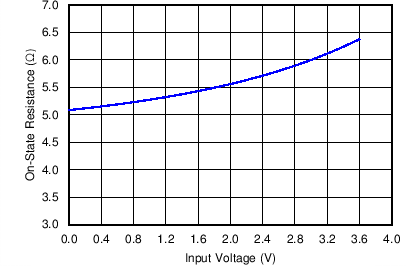 Figure 2. ON-Resistance vs VI/O for USB Switch
Figure 2. ON-Resistance vs VI/O for USB Switch
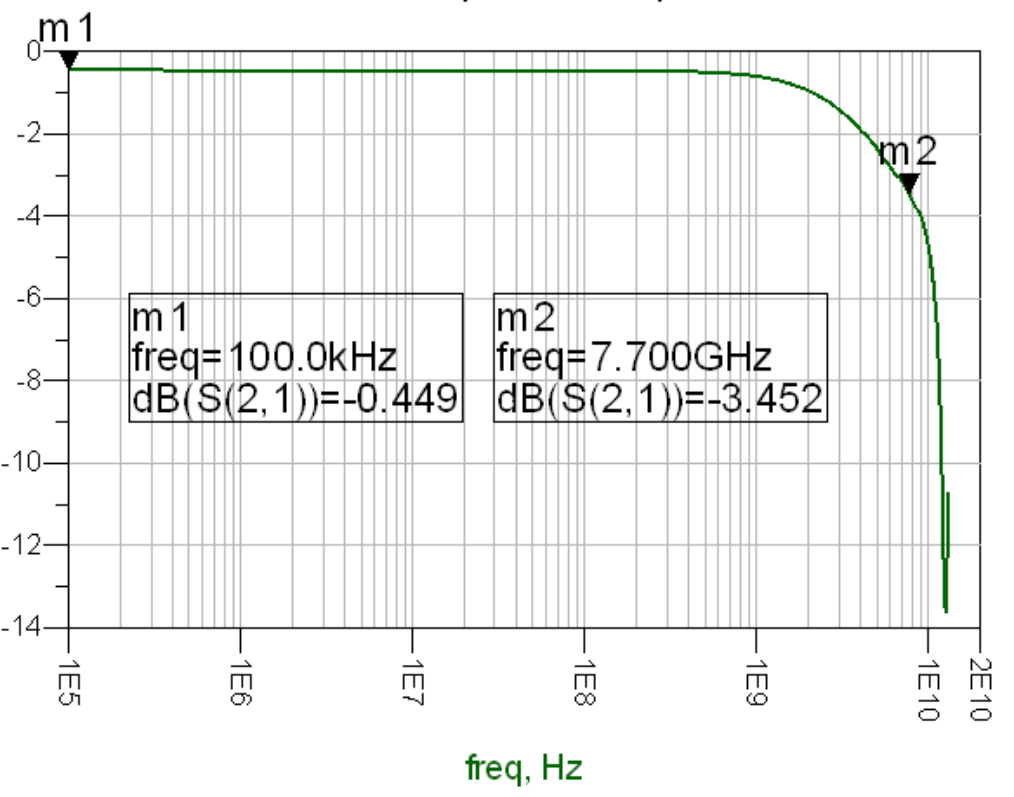 Figure 4. Bandwidth for USB Switch
Figure 4. Bandwidth for USB Switch
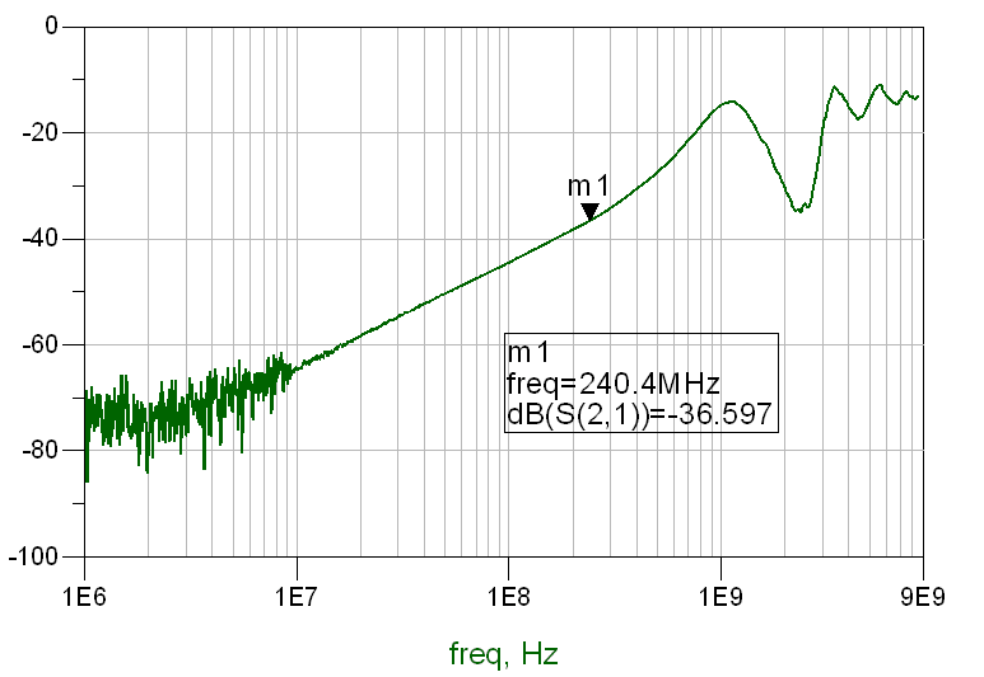 Figure 5. OFF Isolation vs Frequency for MHL Path
Figure 5. OFF Isolation vs Frequency for MHL Path
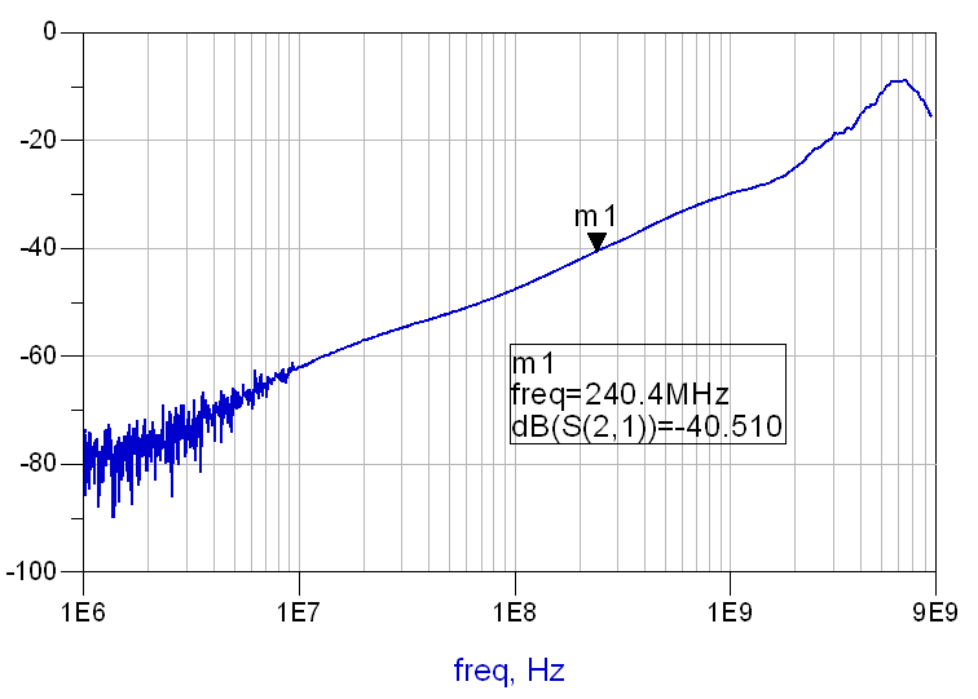 Figure 7. Cross Talk vs Frequency for MHL Path
Figure 7. Cross Talk vs Frequency for MHL Path
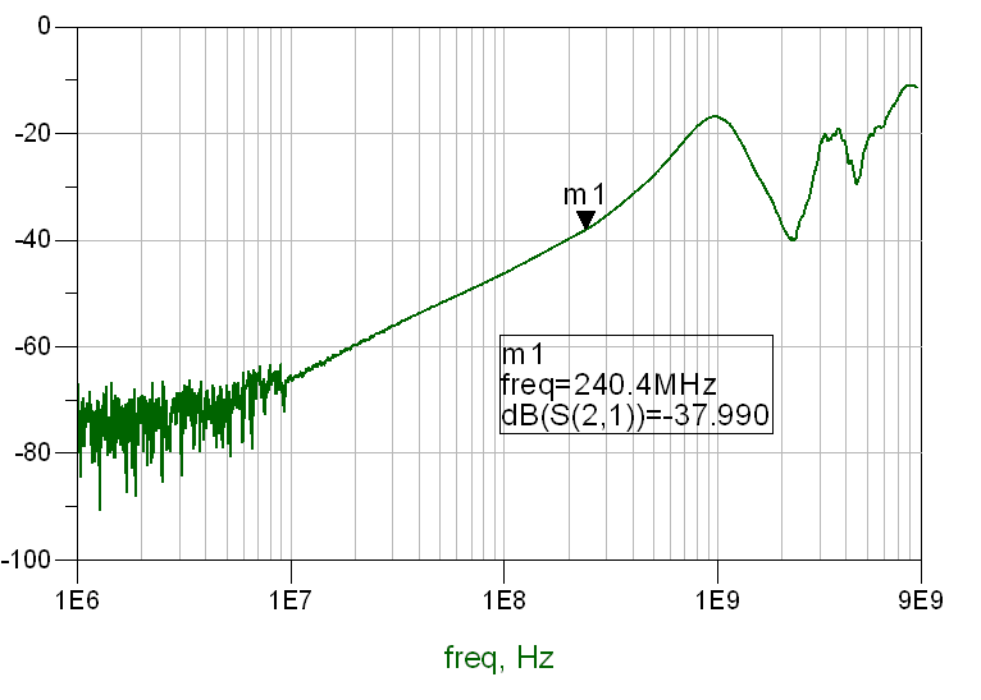 Figure 6. OFF Isolation vs Frequency for USB Path
Figure 6. OFF Isolation vs Frequency for USB Path
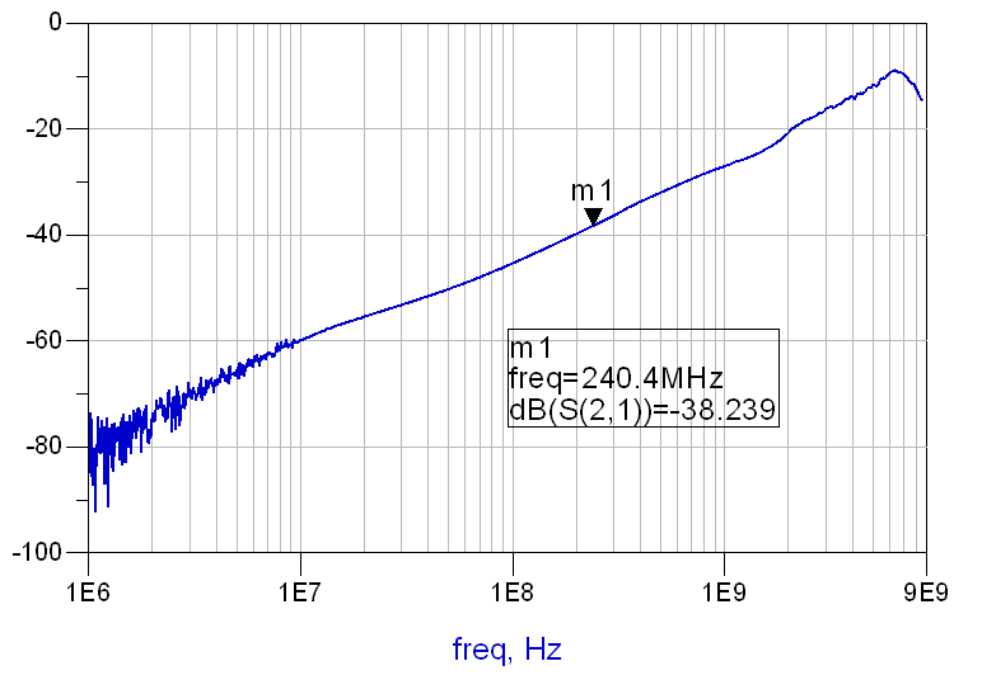 Figure 8. Cross Talk vs Frequency for USB Path
Figure 8. Cross Talk vs Frequency for USB Path
